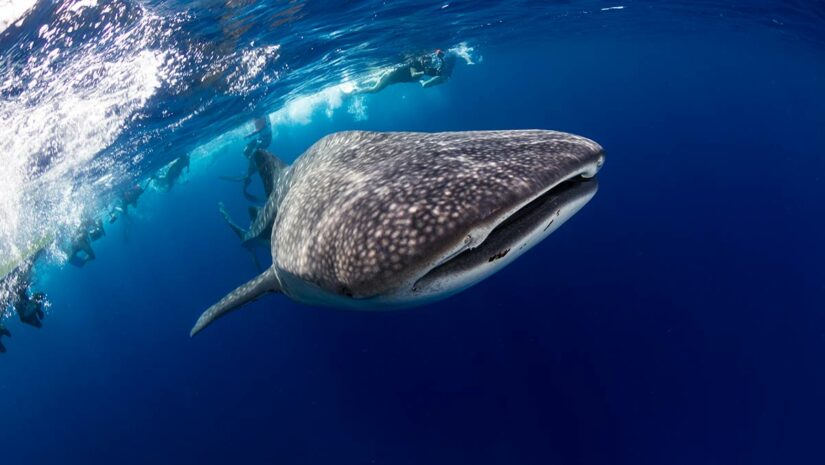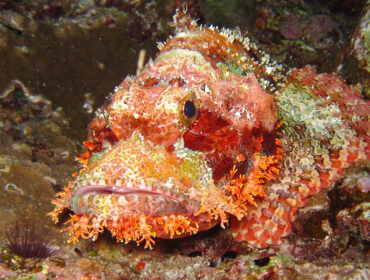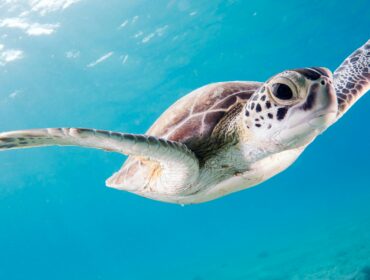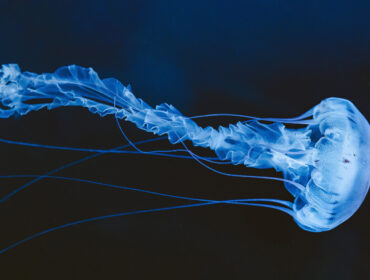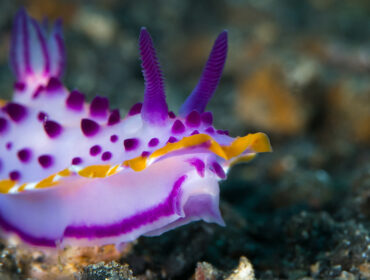Whale sharks are pretty popular these days, as sightings of the gentle giants become more familiar to the casual visitor. In Queensland, Australia, two men were filmed riding a whale shark who happened upon their boat while fishing for tuna. The small fishing town of Oslob, found in the Philippines, has enjoyed a recent tourism boom after fishermen began hand-feeding a population of whale sharks to the delight of scuba divers and tourists.
Although the filter-feeding creatures are most certainly docile and pose no threat to humans, physical interaction between the whale sharks and people is the source of recent controversy because of the impacts it has on the animal in the short and long term. So the question is, are the concerns a bit dramatic, or do they have a valid point?
There can be no doubt that coming into such close contact with any marine species is a unique experience, especially when they seemingly come to you and not to eat you! So little is understood about many ocean creatures that an encounter with one is beyond anything you could read in a book.
However, that lack of understanding can lead to unintentional harm to these creatures. Even if damage is not immediately apparent, some consequences have been observed due to benign gestures.
Why You Shouldn’t Touch Whale Sharks
Many marine species are covered in mucus, which is essential for several reasons. Primarily, it helps the animal protect itself from bacteria and parasites, who are often unable to permeate the mucus layer or suffocate trying. Sometimes, this mucus layer contains toxins, another critical form of protection from predators.
Mucus also assists with respiratory function, whether the species breathes through gills or not, and helps the creature swim efficiently by creating a more streamlined profile. Some species even feed their young by secreting mucus that is comprised of nutritional proteins and fats. This mucus layer can be easily compromised through human touching and petting and, most certainly, by “hitching a ride” on more prominent species.
The habitual feeding of whale sharks in the Philippines fishing town has come under fire for legitimate reasons. Firstly, the whale sharks have become accustomed to receiving food when the tourist boats come around. The problem is that a whale shark does not have the cognitive ability to differentiate a tourist boat from a fishing boat, which could end the creature’s life if the fishermen see an opportunity.
There is also potential for injury inflicted by oars, propellers, or any other object striking the slow-moving animal. Another possible danger for whale sharks is the hands of many people unaware of the creatures’ habits and lives. The risks associated with physical contact include grabbing and groping whale sharks, not to mention those that jump in near or on top of them to get a closer look.
Conclusion
Not all humans are well-intentioned regarding marine life, and creating a sense of trust purely for our amusement is ethically questionable. The bottom line is that there is a viable way to enjoy and learn about marine life without subjecting it to unnecessary trauma: Look, but don’t touch. Safety should always be our priority!

